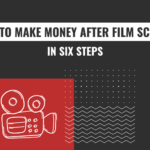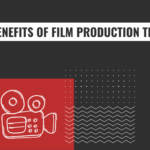HOW TO CONDUCT A DOCUMENTARY INTERVIEW
Wondering how to conduct an extraordinary documentary interview? Here are 6 documentary interview tips from award-winning documentary filmmaker Julia Ivanova.
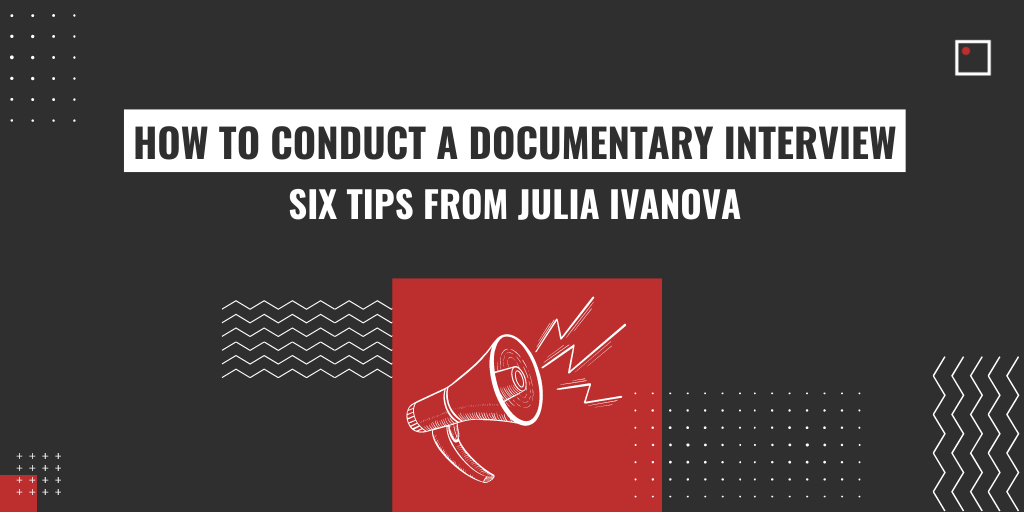
By: Sophia Lin
Making a successful, compelling documentary is no easy task. It takes a creative idea, dutiful planning, and an undeniably unique voice. The backbone of a documentary film are effective documentary interviews. Having the right subjects and engaging answers are what makes a great documentary film. Documentary interviews are what gives a film that intangible quality that makes it resound with thousands, or maybe even millions, of audiences.
No one knows this better than acclaimed documentary filmmaker Julia Ivanova. Having stepped into the doc world no less than twenty years ago, her work has received recognition around the world. Focusing on topics of love, family, and cultural differences, Ivanova’s documentaries have screened at Sundance and IDFA. Her 2011 film Family Portrait in Black and White winning Best Canadian Feature at the Hot Docs Festival. As well, her most recent work, Pipeline in Paradise, was one of four Canadian films showcased at the Cannes Film Festival’s Marché du Film.
As we go ahead with these proven techniques and tips for a great documentary interview, Ivanova’s insights and insider knowledge will be featured at every step of the way. From considering the backdrop to the ordering of questions, we’ll be getting down to the nitty-gritty of interviewing, with a master of her craft sharing her secrets.

1. Conduct a Pre-Interview
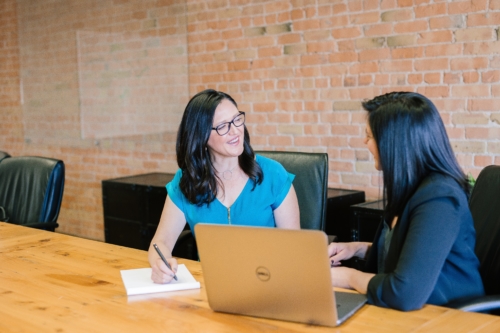
“Be consciously on the lookout for subjects who are expressive, relaxed, and love the attention of the camera,” says Ivanova. “These are the people who will come alive on-screen! Those who speak coherently and with emotion are the ones who will give you more, and can come across better in voice-overs as well.”
Pre-interviews can be beneficial for multiple reasons. The first being an additional chance for you to decide if the subject’s right for you. It’ll be an opportunity to hear how they speak, as well as get to know them a bit more through conversation. On the flip side, it too allows for your subject to get used to you and your interviewing style. This preview will make for a more comfortable, familiar environment when filming begins.
“Another consideration is to seek subjects who speak in shorter sentences; this can help with editing and clarity,” she adds.
2. Prepare Complex Questions

“You should aim to phrase your questions in a way that allows more to be said or a story to be told. Questions can be started in ways such as, ‘can you explain’, ‘could you please share’, and ‘what is your opinion’,” advises Ivanova. “And be sure to have done lots of research before you prepare your questions. Especially if you’re interviewing an expert in their field.”
A rule of thumb is that a great answer arises from a great question. As such, asking nuanced, layered questions allows for those same important qualities to be reflected in your subject’s response. Avoiding yes-no questions is a must, and instead, strive for questions that are open-ended and perhaps more challenging, ones that demand reflection and welcome vulnerability. The more complex the questions, the more engaging the documentary interview.
3. Consider the Backdrop of the Documentary Interview
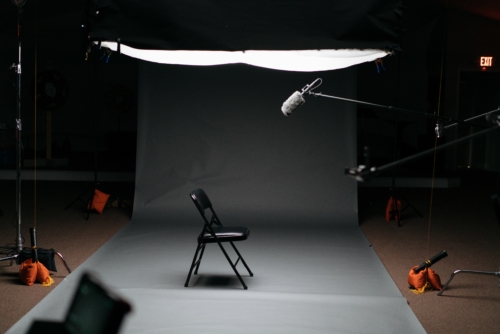
“Try to avoid putting subjects up against a wall, as it’s much more ideal to have a depth of field,” Ivanova suggests. “I sometimes aim to film subjects as they’re living life. Almost as if they were caught in the middle of doing something. This would mean using their own environment as the backdrop.”
When it comes to the environment you’d like to place your subject in, the options truly are limitless. There’s a lot to consider. Lighting, for example, is one aspect to think about, with the main choices being either to use natural light or a three-point lighting set-up. Next, remember that the backdrop can and should add to the story, or at least fit into it in a way that makes sense. Including meaningful, personal backdrops can be one way to make your documentary richer and more immersive.
She continues, “In terms of lighting, I prefer to use natural light. Bringing your own light makes your subjects feel like you’re making a film, which breaks the spell. Not to mention, they get pretty hot under those lights too!”
4. Begin Open-Ended
Something that is not to be overlooked is the ordering of documentary interview questions. However, it’s almost always the best idea to start open-ended. These questions help encompass a wide variety of topics, aiding you with choosing which areas to build upon for your specific, personal questions down the line. For example, you can ask about the subject’s work background, recent daily experiences, and other less taxing, perhaps light-hearted topics that can give them a chance to open up.
“I like to start with questions that are not so important. My subjects can warm up to me and feel more relaxed. Next, I try to quickly lead into my important questions. Some subjects tire easily in front of the camera and I want to catch them before that happens,” Ivanova says, elaborating. “At this point, they’ll feel more comfortable with me and still have the energy needed to form passionate and dynamic answers.”
5. Lead Into More Specific Questions
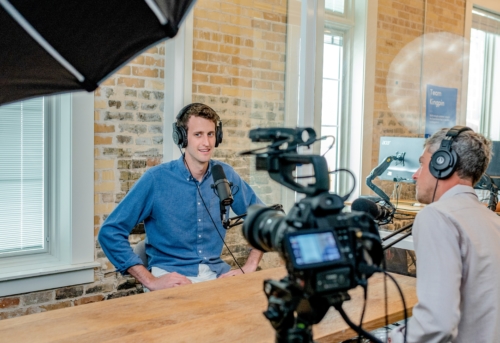
“As the interview progresses, I always ask questions that build on my prior questions,” states Ivanova.
After crossing that initial barrier of getting to know one another, it becomes time for the subject’s individuality to come out. Finding that comes as a result of complex and personalized prompts. Meaning, prompts that speak solely to your subject’s unique perspective and experiences. It’s a fine line to tread — keep your questions open-ended but gradually narrow the scope of questioning.
She adds, “I also love to give some of my questions to another person in the shot and have them ask my subject. This creates a conversation that I can visually capture. Often, I try to spend time with my subjects too, outside of the interview. I’ve found that they start to feel my energy and become willing to share their story with me.”
6. Stay Flexible & Allow For Irrelevance
A great documentary interview must have a balance of preparation and spontaneity. This means, in addition to researched, carefully worded questions, you also have to let go. Follow the conversation where your subject takes you, embrace moments of irrelevance, and build off of their answers. The most insightful and the most candid answers can come from going off-script, so always expect the unexpected.
“One tip I have for prompting a natural, authentic conversation is to hide your list of questions. Take that piece of paper and try to memorize it. Put it under your seat, inside your jacket, what have you. Now, give your undivided attention to your subject,” Ivanova recommends.
“This makes it feel like a real conversation,” she explains, “not like it’s your job to interview them. Now, the subject can feel your genuine interest and offer you answers that reflect that.”
Related Articles:
InFocus Advanced Documentary Program
How Do You Market a Film? A Guide for Each Stage of Production
5 Tips on How to Choose the Best Film School
A Never-Ending Story: Julia Ivanova’s Limit is the Sky




